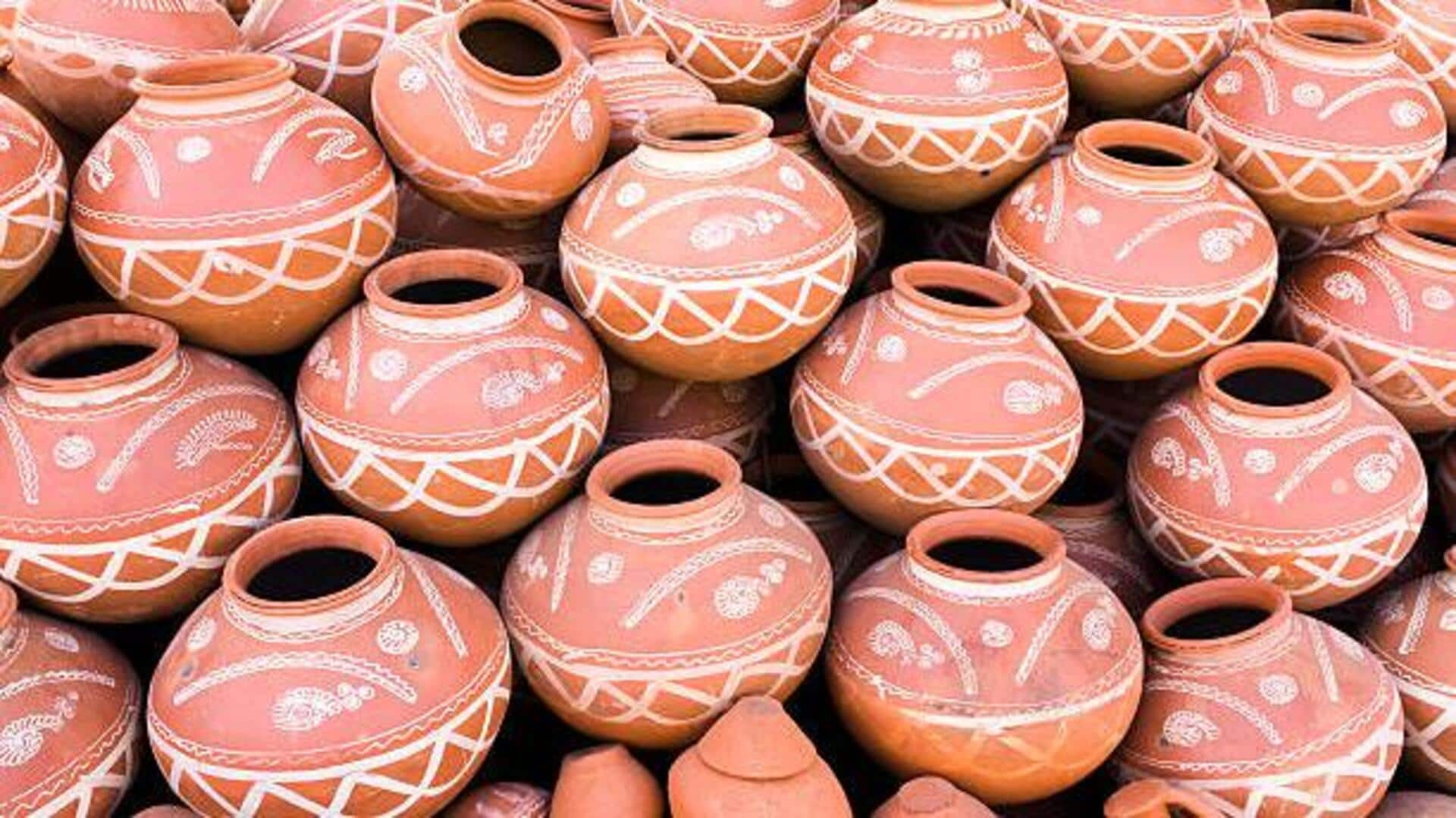
Create one-of-a-kind pots with these clay techniques
What's the story
African clay pot making is an ancient craft that has been passed down through generations. It is a beautiful blend of art and utility, with each pot telling a story of its own. The techniques used in this craft are simple yet effective, making it accessible to anyone willing to learn. By mastering these techniques, you can create unique pots that reflect your personal style while honoring traditional methods.
Tip 1
Understanding the clay composition
The key to successful pot making lies in understanding clay's composition. African potters usually use locally sourced clay, which has the right balance of plasticity and graininess. This balance allows the clay to hold shape during molding and withstands high temperatures during firing. Knowing your clay's properties will help you adjust water content and additives like sand or ash for desired texture and strength.
Tip 2
Mastering hand-rolling technique
Hand-rolling is a fundamental technique in African pot making. It involves rolling small coils of clay and stacking them to form the pot's body. This method allows for flexibility in design, as you can easily adjust the size and shape as you go. Practicing hand-rolling will improve your dexterity and control over the material, resulting in smoother seams and more stable structures.
Tip 3
Incorporating traditional patterns
Traditional African patterns add cultural significance to your pots. These patterns are usually created by impressing or carving designs onto the surface of the clay before firing. Familiarize yourself with various motifs by researching different regions' styles or consulting with local artisans. Incorporating these patterns not only enhances aesthetic appeal but also connects your work with its rich heritage.
Tip 4
Firing techniques for durability
Firing is essential for making your clay pots durable. In Africa, open fires or kilns are used to fire the pots at high temperatures, making them hard. You should know how long to fire and at what temperature to keep the pots from cracking or breaking. Experimenting with different firing methods can give you different textures and finishes that add to your pot's look.
Tip 5
Adding natural finishes
Natural finishes give character to handmade pots without overpowering their natural beauty. Some potters use plant-based oils or waxes after firing for subtle sheen effects on their creations. Others might apply natural pigments derived from minerals found locally within Africa's diverse landscapes. These options provide sustainable alternatives compared to synthetic coatings available commercially today.